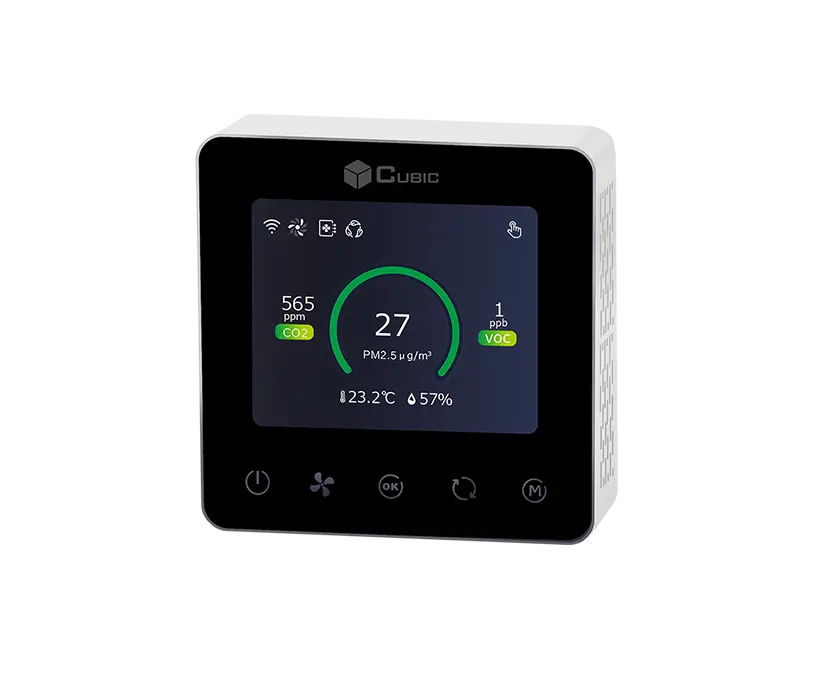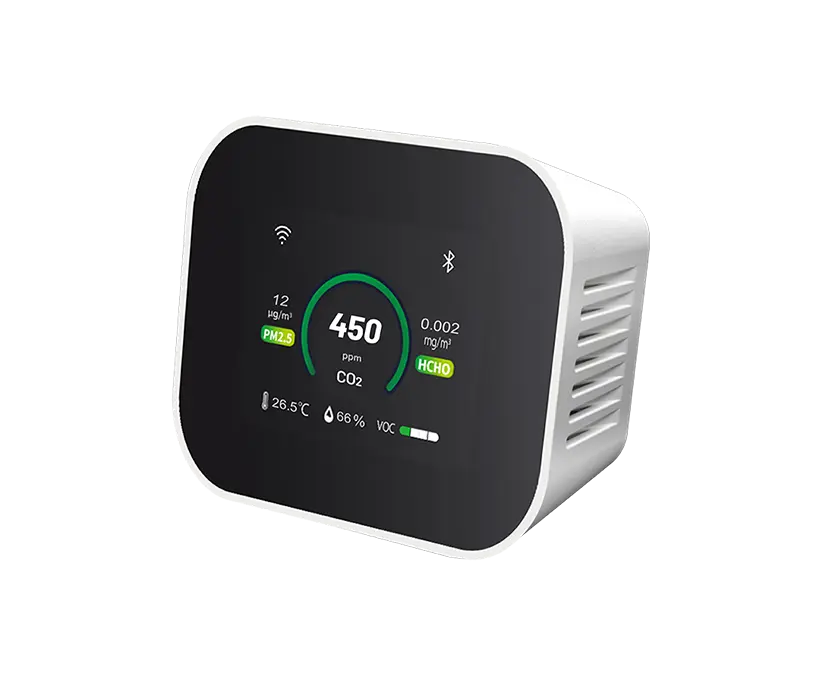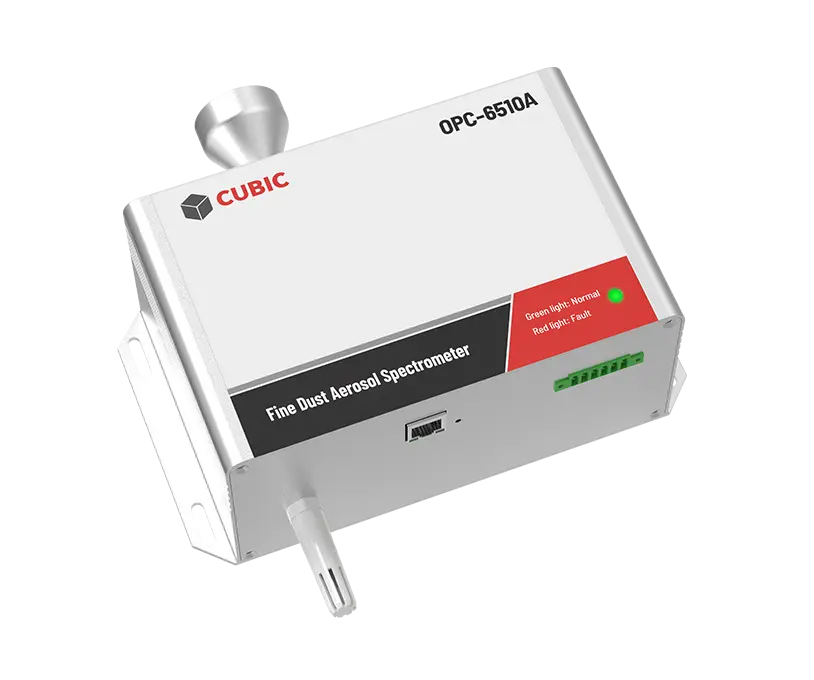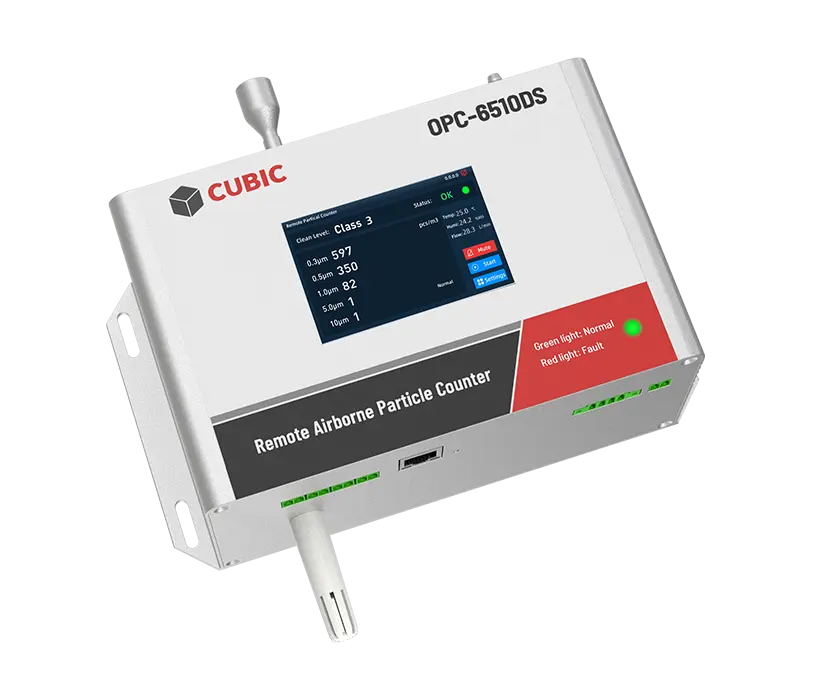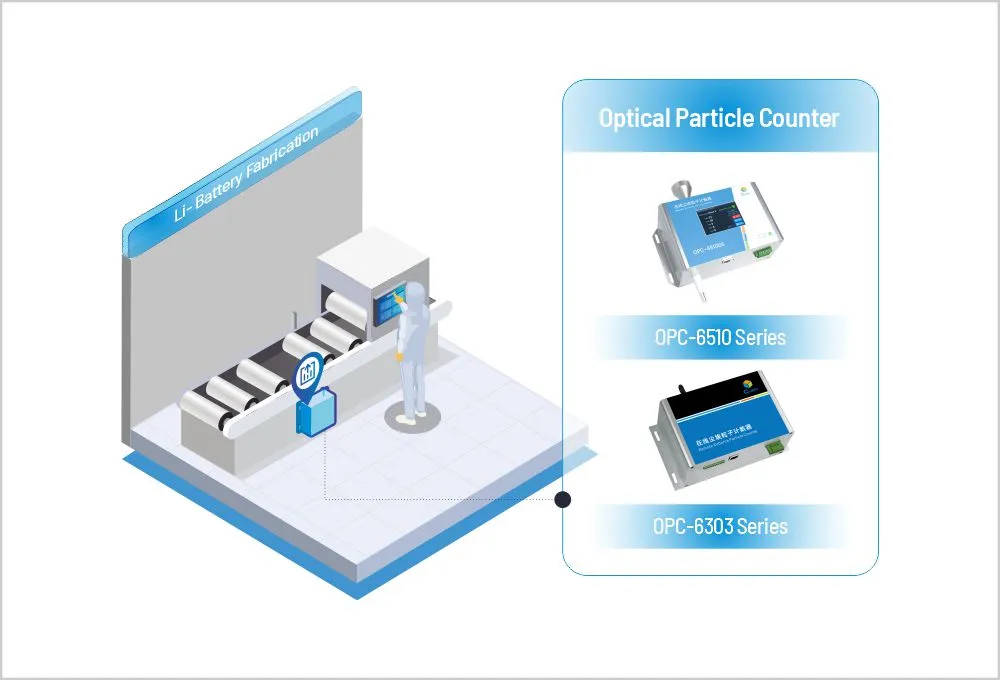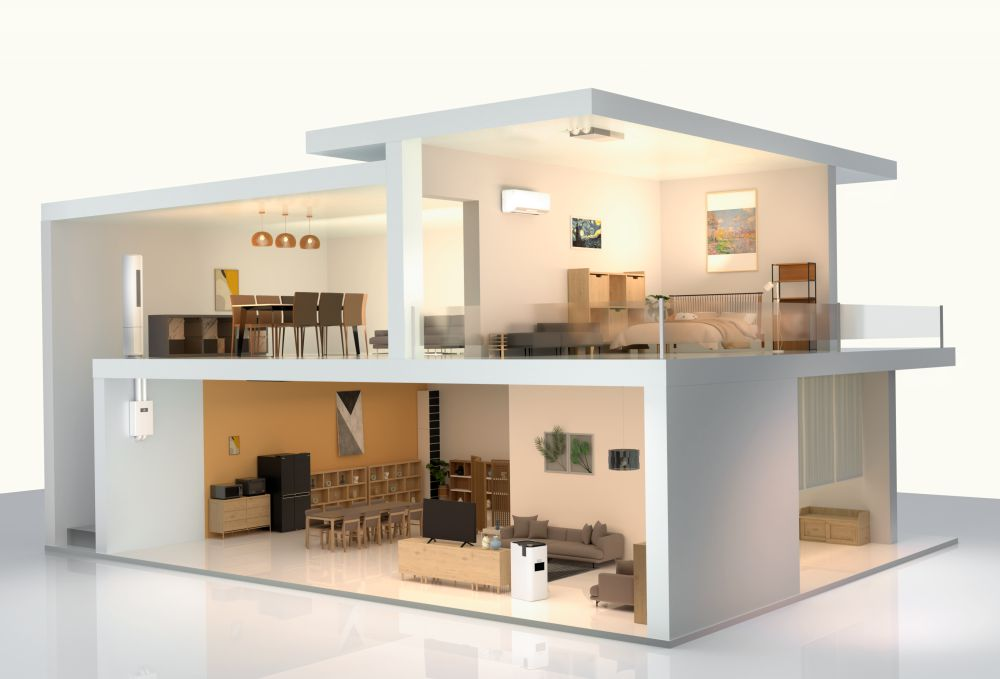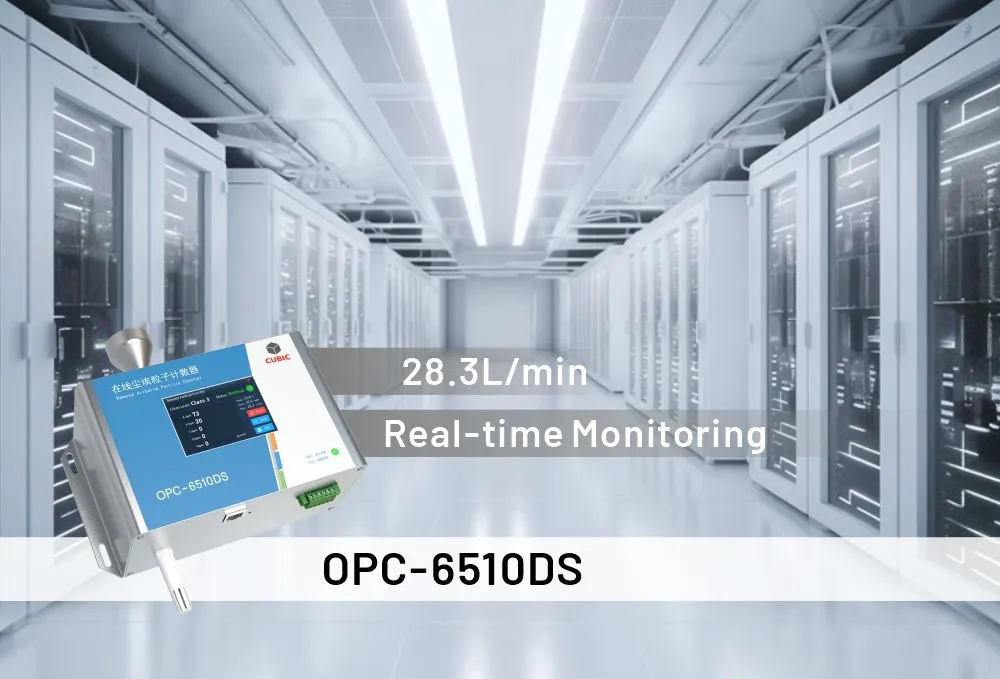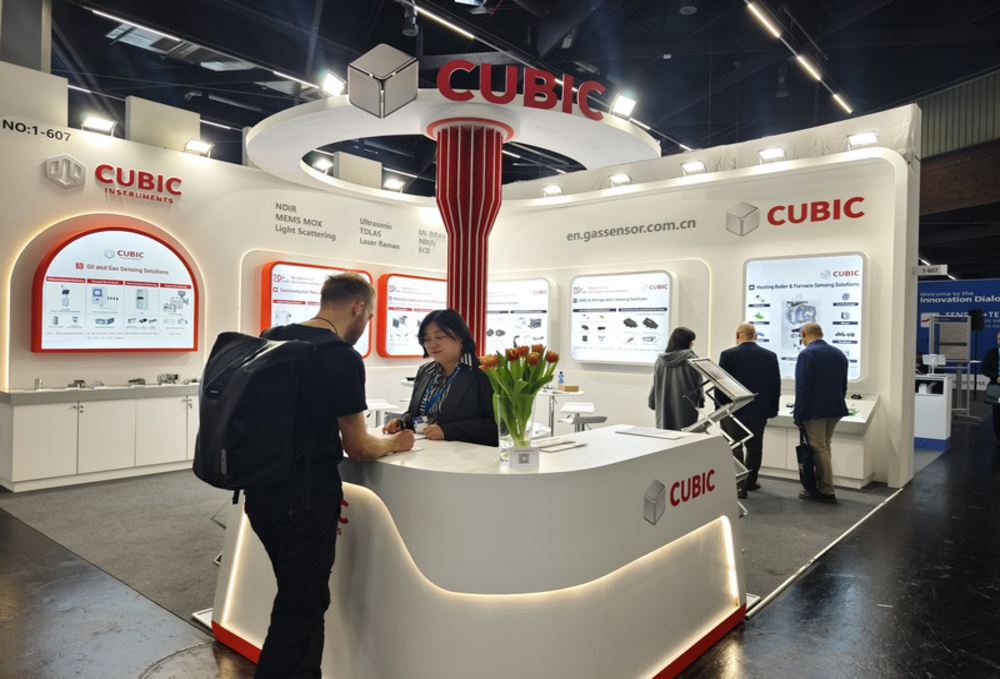In recent years, the overall scale of the global flat panel display market has been growing, with the increasing demand for downstream consumer electronics such as TVs, computers, and mobile phones, as well as commercial displays, automotive displays, medical displays, and other specialized display products.
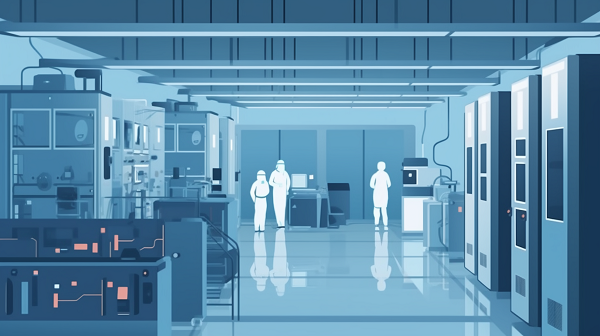
To meet the increase of marketing need of flat panel displays, the need for high quality LCD and OLED production is increasing correspondingly, which further requires to improve product yields in the manufacturing process of LCD and OLED panels to supply the sufficient products to the end-market and to maintain product profits and competitiveness in the flat panel display market.
Factors Impacting the Quality of LCD &OLED
Typically, the quality of LCD and OLED is mainly influenced by particulate pollution and electrostatic damage, which have the greatest impact on the yield of LCD and OLED processes.
Particle deposition is the key factor that affects LCD and OLED. With the acceleration of device miniaturization and refinement, the graphic feature size and surface deposition layer thickness of high-density integrated circuits have been reduced to the micron level, which is more susceptible to the influence of particles. Particle deposition on the substrate surface can easily cause substrate point defects or even line defects, which will reduce the yield rate of products.
Apart from particle deposition, static electricity particle adsorption pollution also needs attention. Static electricity is generated because the electronic energy level of each material is different, and charge transfer occurs when two different materials come into contact. Due to the negative effects of static electricity, it is more difficult to maintain a high level of product quality and product yield. Common electrostatic damage in the flat panel display process mainly includes ESA (electrostatic adsorption) pollution, ESD (electrostatic discharge) pollution, and equipment failure caused by electromagnetic wave interference. Among them, ESA pollution occurs because the movement of the product process will cause the existence of an electrostatic field on the surface of the product. Its electrostatic field will attract nearby particles to its surface, and its suction force is large, which makes it extremely difficult to remove without mechanical force. The electrostatic adsorption of particles increases the pollution on the chip surface, thereby reducing the yield.
Therefore, in order to improve the yield of the flat panel display process while controlling electrostatic damage, it is vital to pay attention to the monitoring of particles to ensure the cleanliness of the production environment. By real-time monitoring of the environmental particles, it can be discovered in time if the particles exceed the preset threshold level, and targeted measures can be taken for prevention and control to reduce the airborne particles falling on the surface of chips and equipment, to further reduce product damage caused by the particles and electrostatic adsorption (ESA), and improve the yield.
Cubic Airborne Optical Particle Counter for Flat Panel Display Industry
As a leading manufacturer of gas sensors and gas analyzers, Cubic has leveraged its mature light scattering technology and developed the online optical particle counter to monitor the number of suspended particles of different particle sizes in the air per unit volume in the cleanroom in real time. Cubic online optical particle counter OPC-6303/OPC-6510/OPC-6511 series adopts a large power industrial grade linear laser to ensure a high efficiency particle identification rate and high counting efficiency.
Furthermore, Cubic optical particle counters support customization and can be designed with up to 12 channels of output, typically including 0.3μm, 0.5μm, 1.0μm, 2.5μm, 5μm 10μm. With a combined aural and visual alarm, the real-time air quality status of controlled environments can be reflected visually and acoustically, and the alarm threshold can also be set through a touch screen according to different demands. Based on a continuous and stable sampling design, particle counters can realize online monitoring with good stability and long lifetime.
To meet the different demand for controlled environments, Cubic OPC Series is developed in compliance with a range of requirements, including ISO21501-4, ISO14644-1:2015, RoHS, etc., making Cubic OPC Series widely applied in cleanroom environments of Class 100, Class 1000, Class 10,000, and Class 100,000.
To know more details for the Cubic OPC application inthe flat panel industry, please visit https://www.cubic-controls.com/ or contact us sales@gassensor.com.cn



